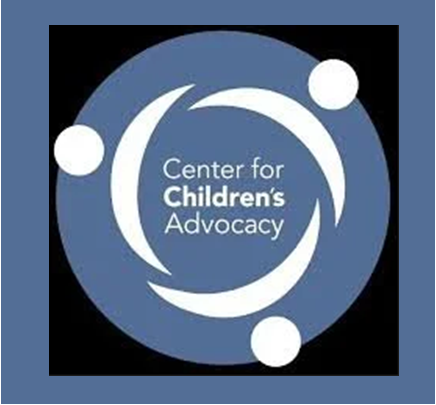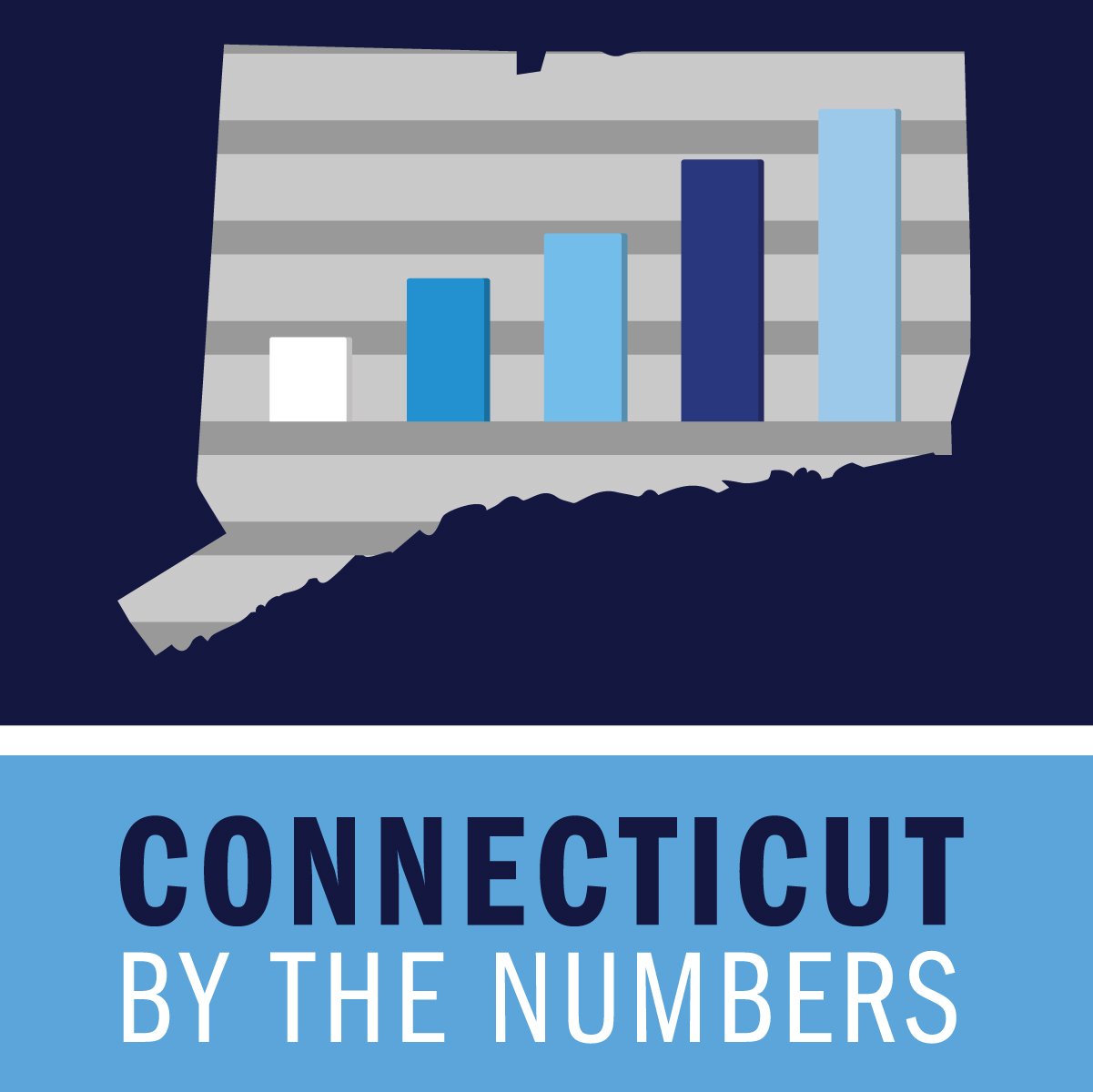Simsbury, Trumbull Are Best Communities for Young Families, Analysis Shows
/Simsbury, Trumbull, Kensington, Glastonbury and Orange are the best communities for young families in Connecticut, according to a new analysis by a national financial website.
“While parts of Connecticut have some of the highest housing costs in the country,” the website NerdWallet noted, their review of local data “found the communities in the Constitution State that offer young families the best combination of solid schools, great neighbors and affordability.”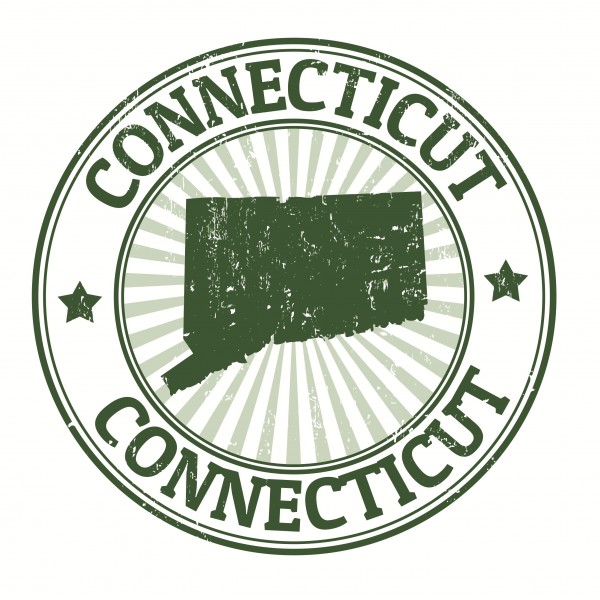
The analysis highlighted three main takeaways:
- Small towns are a good bet. Eight of the top 10 best cities for young families in Connecticut have populations of less than 30,000 residents.
- Schools add value. Even though eight of the top 10 cities have median home prices that are above the state median, the excellent schools help families get a solid return on their housing investment.
- Greater Hartford is a winner. Six of the 10 cities are near Hartford, the state’s capital.

The next five communities, following Orange, were Wethersfield, Newington, Winsted, Portland, and North Haven. West Hartford ranked #11, followed by Terryville (Southington), Bethel, Pawcatuck, Oakville (Watertown) and Shelton.
Data used in the analysis were from the 2013 U.S. Census Bureau’s American Community Survey. The factors that were considered include:
- Home affordability – the survey looked at median home value and selected monthly homeowner costs to prioritize affordable communities.
- Prosperity and growth - reviewing current and past family incomes, NerdWallet calculated the income of residents, as well as the projected long-term growth of each city.
- Quality of education - the ratings at GreatSchools.org were used to determine the best schools.
- Family friendliness - the percentage of families with school-age children and the poverty rate for young children. That measure was designed to help determine if an area is not only affordable for families, but if it is also a healthy one for children, NerdWallet explained.
NerdWallet analyzed the data for 47 places in Connecticut — cities, towns and census-designated places (such as Oakville and Terryville). Only places with over 5,000 residents were analyzed. The data was weighted 30 percent each for home affordability and family friendliness, 20 percent each for prosperity and growth, and quality of education.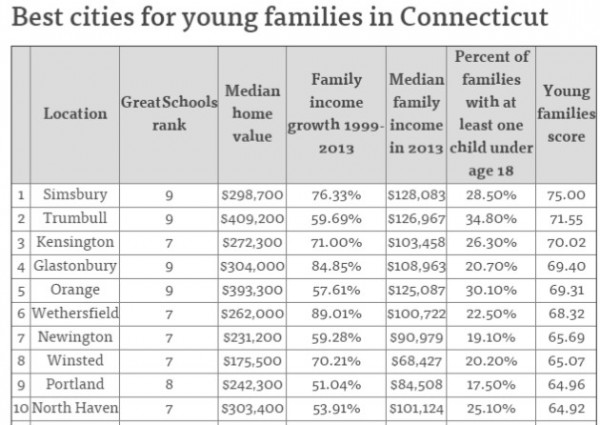
Simsbury topped the list “because it offers young families an outstanding combination of affordability and quality schools” and Trumbull earned the runner-up slot although it has “the most expensive housing in the top 10” because “young families get top value for their housing dollar.”
The website also pointed out that Wethersfield “has done exceptionally well economically in recent years: median family incomes have jumped 89% since 1999, the largest gain in the top 10” and Glastonbury residents “experienced an 85% jump in median income since 1999.”
Last year’s top 10 included Westport, Wallingford, Milford, Darien, and West Hartford, which all dropped out of the top 10. New to the top 10 this year were Winsted, Portland, Glastonbury, Kensington, and Simsbury. The population cut-off for last year’s list was 10,000; this year it was lowered to 5,000. Trumbull remained at #2 for the second consecutive year, while Orange slipped from #1 to #5. Simsbury, this year’s best town for young families, did not reach the top 10 a year ago, largely due to its population being under 10,000.


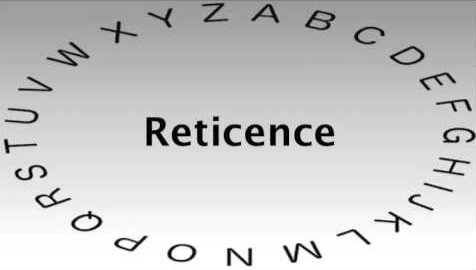
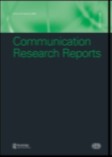 The “dysfunctional thinking” and anxiety due to emotional instability or the lack of openness to new experience contributes to fear of negative evaluation, the study concluded. It is this fear of potential negative social judgment that is at the heart of reticence, in which individuals believe that ‘‘it is better to remain silent than to risk appearing foolish.’’
The “dysfunctional thinking” and anxiety due to emotional instability or the lack of openness to new experience contributes to fear of negative evaluation, the study concluded. It is this fear of potential negative social judgment that is at the heart of reticence, in which individuals believe that ‘‘it is better to remain silent than to risk appearing foolish.’’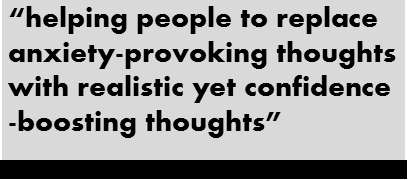
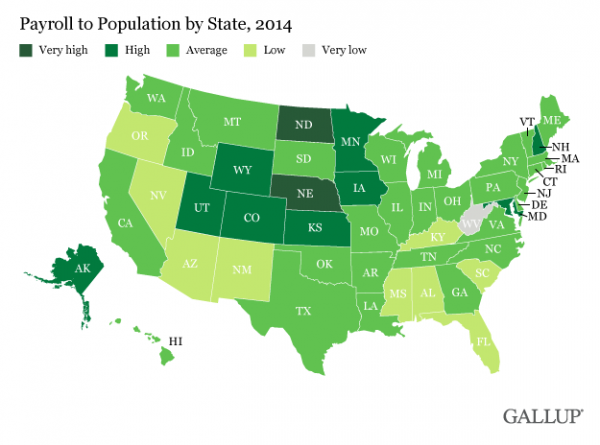
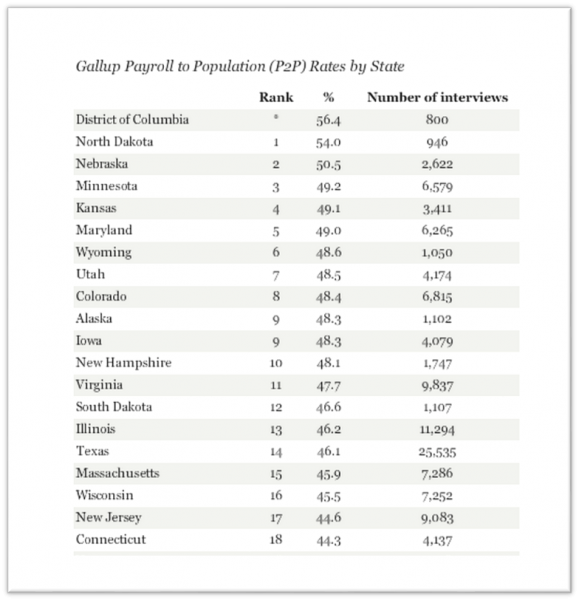 n,
n, 



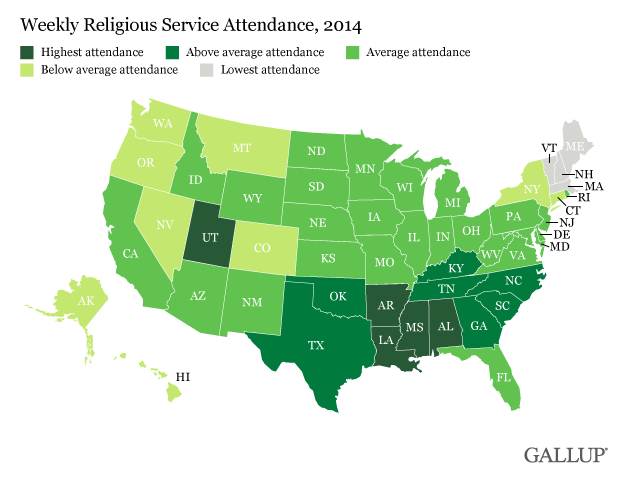 are stark geographic differences in religiosity. In some states of the union -- Utah and Southern states -- roughly half of residents report attending religious services weekly, while in others -- mostly in the Northeast and the West -- a fourth or less of residents attend weekly.”
are stark geographic differences in religiosity. In some states of the union -- Utah and Southern states -- roughly half of residents report attending religious services weekly, while in others -- mostly in the Northeast and the West -- a fourth or less of residents attend weekly.”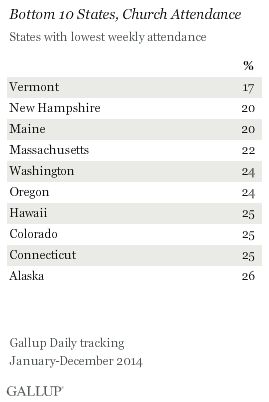
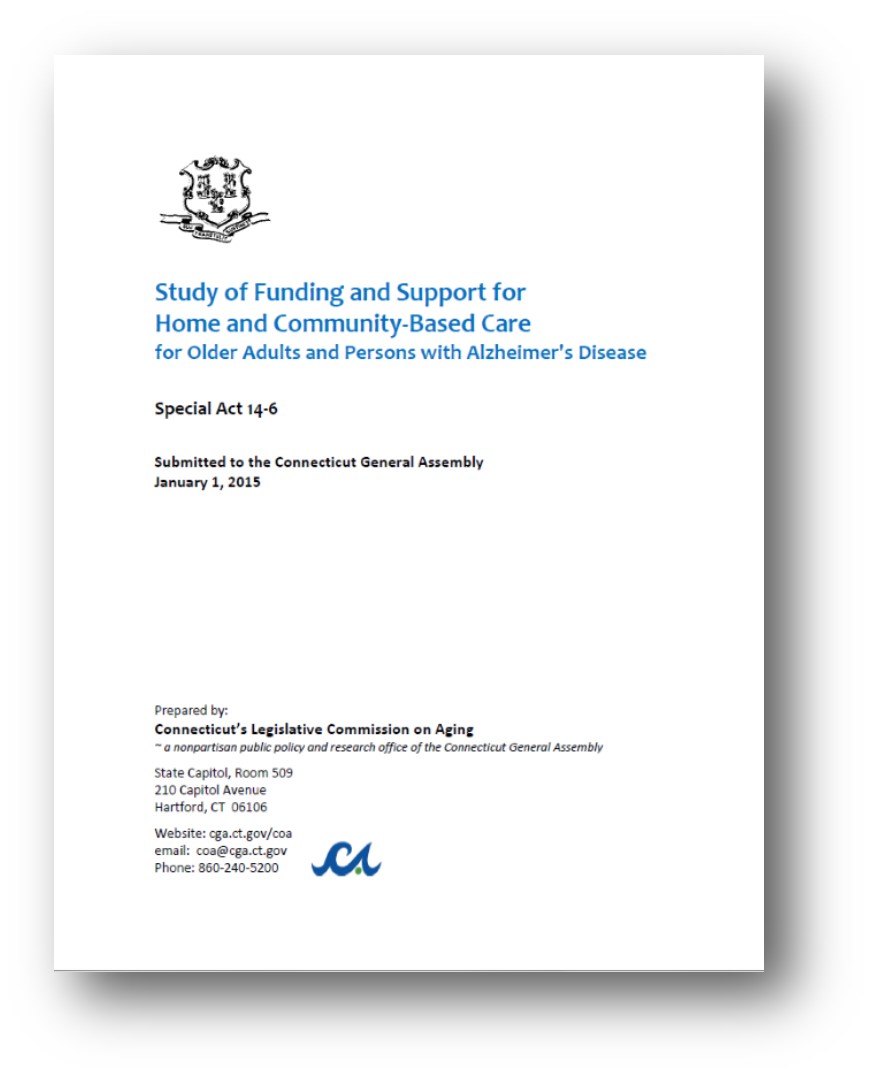

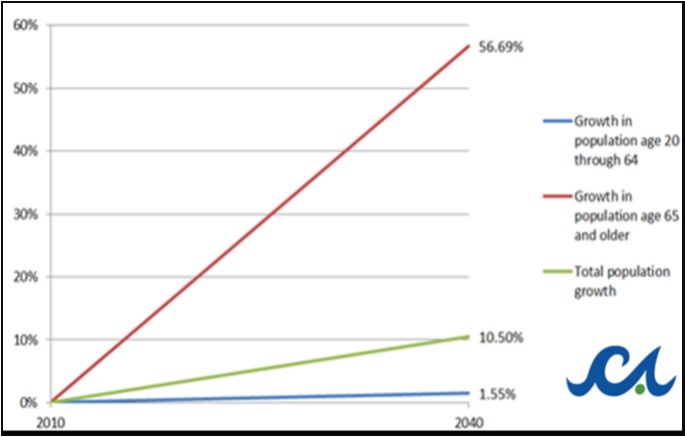
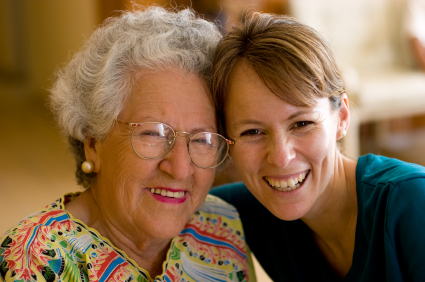 The report also suggests that policy makers “explore the possibility of incenting employer-based long-term care insurance coverage.” In 2009 almost 25,000 employers in the U.S. offered long-term care insurance to their employees – just 35 percent of the 7.5 million insurance policies in effect. In addition, the report encourages the Connecticut Congressional delegation to support a federal tax deduction for long-term care insurance, and urges policy makers to consider making reverse mortgages “a more viable option.”
The report also suggests that policy makers “explore the possibility of incenting employer-based long-term care insurance coverage.” In 2009 almost 25,000 employers in the U.S. offered long-term care insurance to their employees – just 35 percent of the 7.5 million insurance policies in effect. In addition, the report encourages the Connecticut Congressional delegation to support a federal tax deduction for long-term care insurance, and urges policy makers to consider making reverse mortgages “a more viable option.”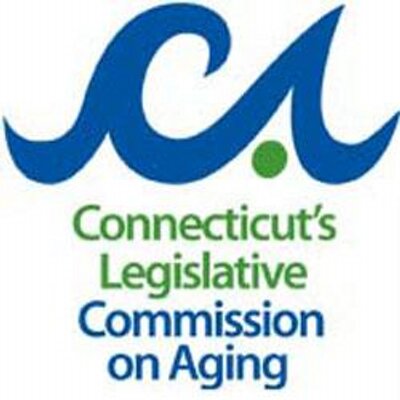
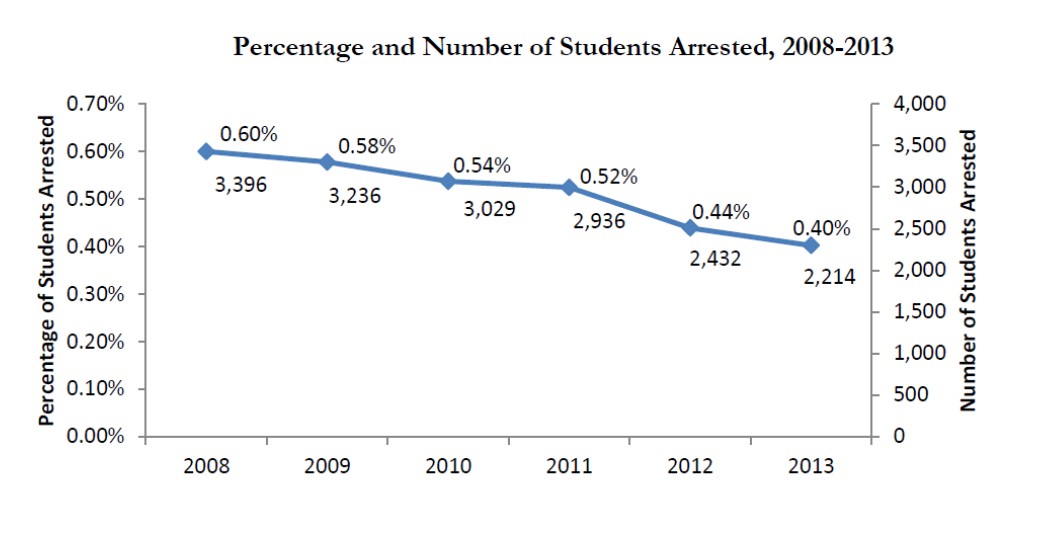 The
The 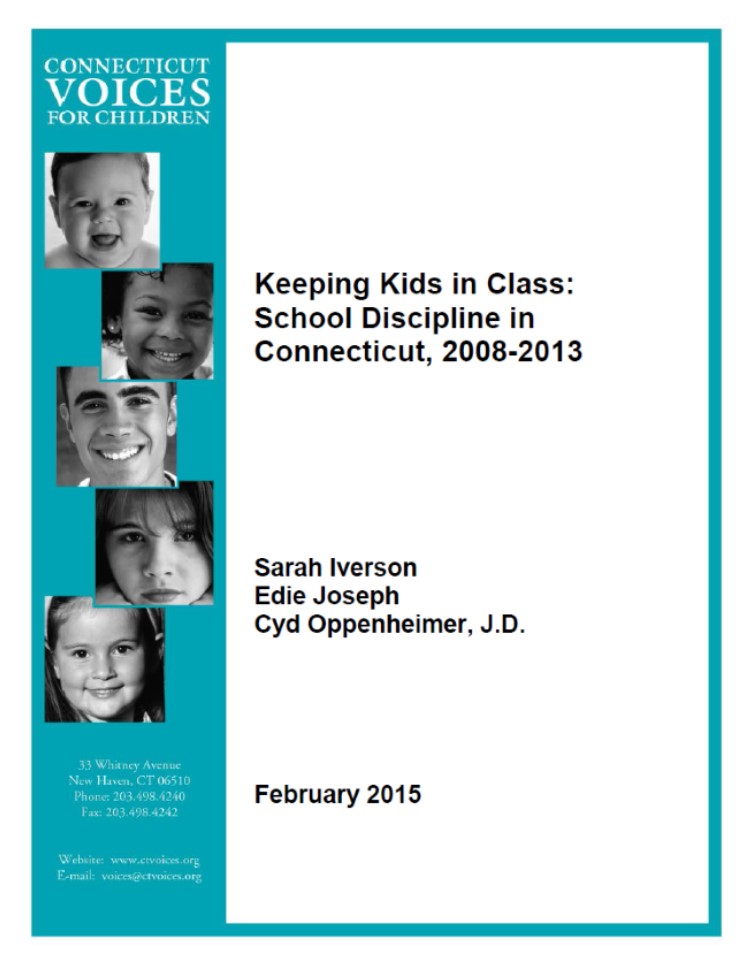
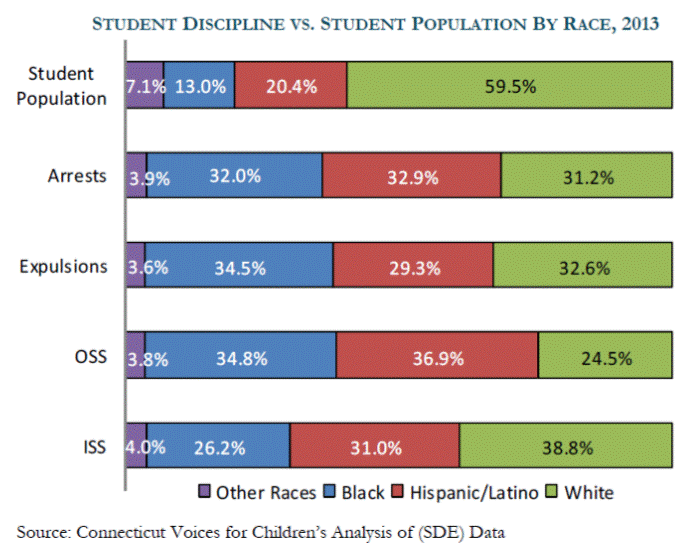



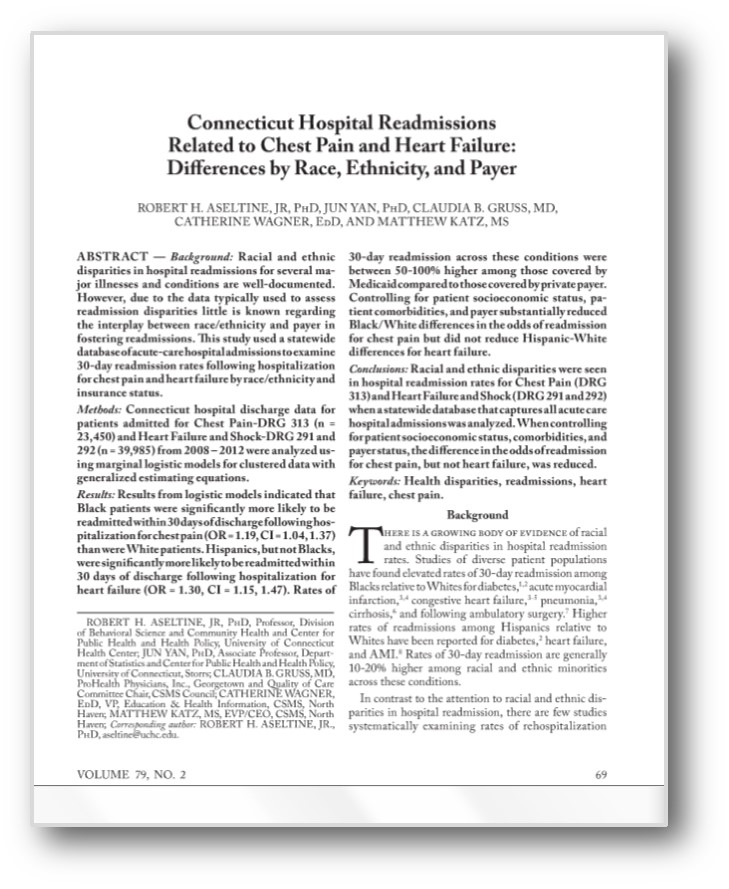
 The study also noted that “barriers to accessing community based care among Connecticut Medicaid beneficiaries are well-documented, often leaving such patients with few options other than hospital care for both urgent and non-urgent conditions.”
The study also noted that “barriers to accessing community based care among Connecticut Medicaid beneficiaries are well-documented, often leaving such patients with few options other than hospital care for both urgent and non-urgent conditions.”
 ocations in Connecticut are in Bridgeport, Danbury,
ocations in Connecticut are in Bridgeport, Danbury, 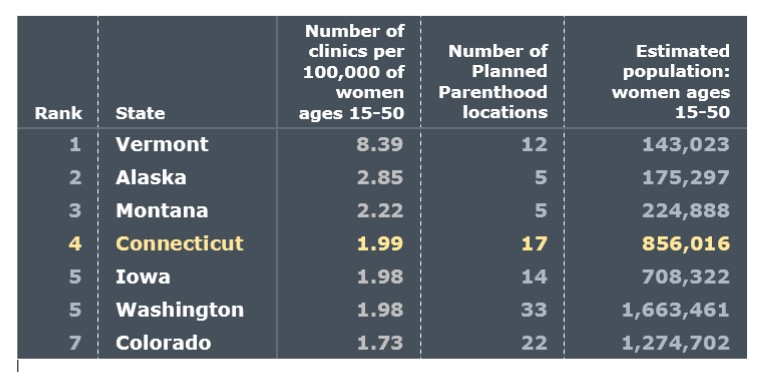
 for Disease Control and Prevention (CDC) recently released new data showing that while cervical cancer screenings have been proven to save lives, about eight million women ages 21 to 65 have not been screened for cervical cancer in the past five years. More than 12,000 women in the U.S. are diagnosed with cervical cancer each year, and more than half of these cases are in women who have never been screened or in those who haven’t been screened in the past five years, according to Planned Parenthood.
for Disease Control and Prevention (CDC) recently released new data showing that while cervical cancer screenings have been proven to save lives, about eight million women ages 21 to 65 have not been screened for cervical cancer in the past five years. More than 12,000 women in the U.S. are diagnosed with cervical cancer each year, and more than half of these cases are in women who have never been screened or in those who haven’t been screened in the past five years, according to Planned Parenthood.




